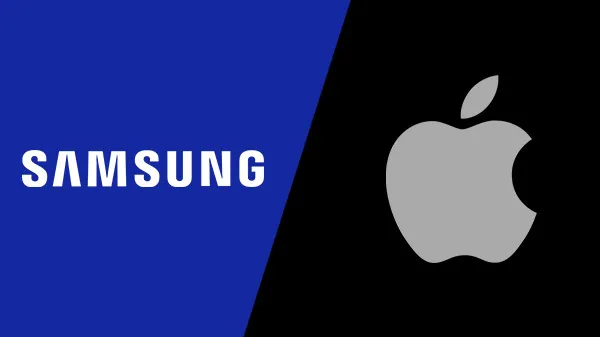

With a 165Hz refresh rate, numerous eye care features, and an innovative touch response chip, this smartphone display is the most remarkable to date.
It’s difficult to accept that a smartphone display could surpass the current offerings, yet the OnePlus 15 is set to amaze once more with its 165Hz refresh rate, new eye-friendly enhancements, and an OLED panel engineered for maximum impact.
OnePlus is intensely dedicated to speed and gaming performance, providing a display that aligns more with “gaming phone quality” than with a standard smartphone. This includes not only the elevated refresh rate but also a specific touch response chip and a new fluid frame generation capability for compatible games, like Call of Duty Mobile.
OnePlus isn’t marketing this display as ultrabright, despite noticeable brightness improvements, and it is not following Samsung’s lead in using an anti-glare layer on the screen. How do the features compare? Let’s examine, and remember to check our complete OnePlus 15 review to see how the rest of the device excels.
Eye comfort and brightness
The OnePlus 15 features the latest TÜV Rheinland Intelligent Eye Care certification, incorporating a flicker-free and low blue light-emitting display. Brightness and dimming strategies are crucial for eye comfort, particularly in low-light conditions. Many devices, including the Pixel 10 Pro, employ low-frequency PWM dimming, which can be uncomfortable for some users.
The OnePlus 15 is exceptionally comfortable due to OnePlus’s adoption of DC dimming at medium to high brightness levels and 2160Hz PWM dimming at low brightness levels. Furthermore, the display’s modulation rate is impressively low, approximately one-third of that found in the OnePlus 13.
However, OnePlus does not provide dimming options for this display, so what you see is what you get.
OLEDs produce their own light, resulting in a decrease in brightness each time the image refreshes, known as modulation. Devices like the Galaxy S25 Ultra and Pixel 10 do not manage this brightness reduction at all, leading to a harsh strobing effect at a 100% brightness drop every cycle.
The OnePlus 15 effectively regulates this brightness reduction to a maximum of 35%, making the drop much less severe and comfortable for most individuals.
OnePlus introduced its first “reduce white point” accessibility feature with the Android 16-based Oxygen OS 16 update, which diminishes the peak brightness of the display for sensitive users. I’ve found maintaining an 80% reduction in the white point renders this the most comfortable flagship display I’ve encountered to date.
Additionally, OnePlus launched its first-ever Motion Cues feature in Oxygen OS 16, adding moving dots to the sides of the display for individuals who suffer from motion sickness. This is a tactic seen in Honor’s recent devices, and it’s an excellent option for those prone to motion sickness.
Users seeking the highest peak brightness will appreciate this display. It slightly outshines the Galaxy S25 Ultra’s display without resorting to unpleasant flickering PWM dimming like Samsung’s implementation but falls short of matching the brightness of the Pixel 10 Pro or Pixel 10 Pro XL’s displays.
All these displays provide ample brightness for outdoor use, though OnePlus hasn’t incorporated an anti-glare filter like Samsung’s S24 Ultra and S25 Ultra. Nevertheless, with the OnePlus 15’s fully flat display design, it should be relatively easy to find a quality tempered glass screen protector featuring an anti-glare layer.
Thanks to the high-frequency PWM dimming rate, viewing this display in complete darkness won’t strain your eyes. It also scales down to 1 nit by default or as low as 0.5 nits when the “reduce white point” feature is activated. That’s the dimmest I have ever observed a smartphone display to achieve.
Finally, the OnePlus 15’s OLED display exhibits no mura, unlike the Galaxy S25 Ultra’s display. Mura reflects how uniformly pixels are lit, a particularly vital aspect for an OLED screen.
As shown in the picture above, a consistent 50% grey image yields perfectly uniform pixel illumination when inspected through a macro lens. Displays with inferior mura may appear grainy, especially at low brightness levels, which has been a recurring criticism from Galaxy S24 and S25 users throughout the years.
Gaming, refresh rate, and resolution
Some worries were expressed regarding OnePlus’s choice of a higher refresh rate display, as it meant sacrificing some screen resolution. However, even at a reduced resolution of 2772 x 1272 pixels — compared to 3168 x 1440 on the One